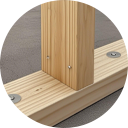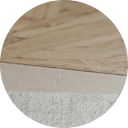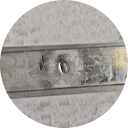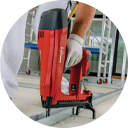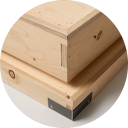The Ultimate Guide to Drywall Screws
May. 28, 2025
248
They come in various lengths and diameters to accommodate different
corrosion resistance and extend their lifespan.
One of the key advantages of drywall screws is their versatility. They come in various lengths and diameters to accommodate different thicknesses of drywall and stud materials. For example, shorter screws are ideal for thinner drywall panels, while longer screws are required for thicker ones or when attaching drywall to metal studs. Additionally, drywall screws are available in different coatings, such as zinc – plated or phosphate – coated, to provide corrosion resistance and extend their lifespan.
Another benefit of drywall screws is their ease of removal. In case of any mistakes or when making modifications, drywall screws can be easily removed using a screwdriver or a drill, unlike nails which may cause damage to the surrounding material. This makes drywall screws a more forgiving option, especially for those new to construction or DIY projects.
When using drywall screws, it’s important to follow the proper installation techniques. For instance, screws should be driven in at a perpendicular angle to ensure a flush finish. Over – tightening or under – tightening the screws can lead to issues such as dimpling or loose drywall. It’s also recommended to space the screws evenly to distribute the load and prevent any sagging or warping of the drywall.
In conclusion, drywall screws are an essential tool in any construction or home improvement project involving drywall. Their unique features, versatility, and ease of use make them a superior alternative to traditional nails. Whether you’re a professional contractor or a DIY enthusiast, understanding the benefits and proper use of drywall screws can help you achieve a high – quality and long – lasting finish on your drywall projects.
corrosion resistance and extend their lifespan.
l. This makes drywall screws a more forgiving option, especially for those new to construction or DIY projects.
When using drywall screws, it’s important to follow the proper installation techniques. For instance, screws should be driven in at a perpendicular angle to ensure a flush finish. Over – tightening or under – tightening the screws can lead to issues such as dimpling or loose drywall. It’s also recommended to space the


